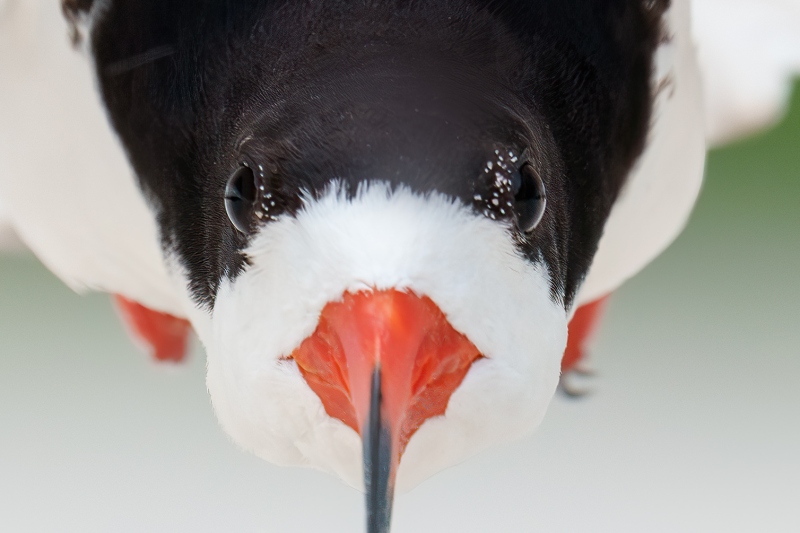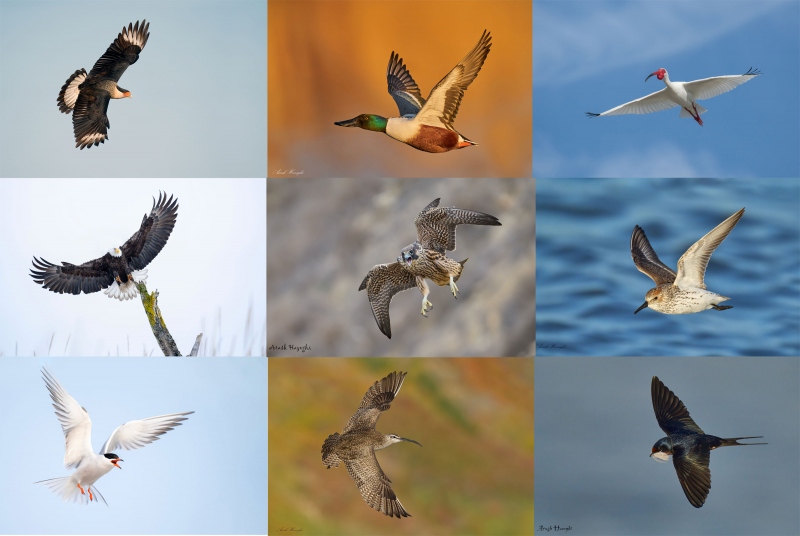Save $200!
Been thinking of an IPT? Sign up for any Instructional Photo Tour while I am in the Galapagos and enjoy a $200 discount on your balance. See the IPT schedule here and then call Jim at 863-692-0906 to leave your deposit. Hard to choose between DeSoto in the fall, San Diego for Pacific-race Brown Pelicans, or Homer, AK for Bald Eagles and more.
What’s Up?
As I am in the Galapagos leading the 2023 Photo-Cruise of a Lifetime, this is being posted automatically in abstentia. If you are interested in joining me in the Galapagos in August 2024, please get in touch via e-mail. Remember that you only live once.
I will be back in my office for a full day of work on September 14, 2023. See you then!
Today is Friday 1 September 2023. Wherever you are and whatever you are doing, I hope that you too have a great day.
Please remember to use the B&H and Amazon links that are found on most blog pages and to use the BIRDSASART discount code at checkout when purchasing your new gear from Bedfords to get 3% back on your credit card and enjoy free second-day air FedEx. Please, also, consider joining a BAA IPT. You will be amazed at how much you will learn!
You can find some great photo accessories (and necessities, like surf booties!) on Amazon by clicking on the Stuff tab on the orange/yellow menu bar above. On a related note, it would be extremely helpful if blog-folks who, like me, spend too much money on Amazon, would get in the habit of clicking on the Amazon logo link on the right side of each blog post when they shop online. As you might expect, doing so will not cost you a single penny, but would be appreciated tremendously by yours truly. And doing so works seamlessly with your Amazon Prime account.
If an item — a Delkin flash card, or a tripod head — for example, that is available from B&H and/or Bedfords, is also available in the BAA Online Store, it would be great, and greatly appreciated, if you would opt to purchase from us. We will match any price. Please remember also to use my B&H affiliate links or to earn 3% cash back at Bedfords by using the BIRDSASART discount code at checkout for your major gear purchases. Doing either often earns you free guides and/or discounts. And always earns my great appreciation.
|
|
B&H Bild 2023 Expo – 2 Days Of Inspiration, Learning, and Creativity: SEPT 6 & 7, 2023 |
Registration is Free!
In New York City at The Javits Center
Easily Accessible to anyone in The Tri-State Area
A Celebration of 50 Years of Creativity Through Photo, Video and Audio
Click here to learn more or to register.
More than 100 World Class Speakers
Portfolio Reviews
Photo Walks
Photo & Video Experiences
Tri-State Accessibility
Audio Experience
Contests and Prizes
Learn New Skills
Show Specials on Gear
Network with the Premier Photographers, and Videographers
|
|
|
This image was created on 15 August 2023 at Nickerson Beach Park, Lido Beach, Long Island, NY. Seated on dry sand, I used Robus RC-5558-3 Vantage Series 3 Carbon Fiber Tripod topped by a Levered-Clamp FlexShooter Pro-mounted Sony FE 600mm f/4 GM OSS lens and The One, the Sony Alpha 1 Mirrorless digital camera. Exposure was determined via Zebras with ISO on the rear dial. ISO 1600: 1/500 sec. at f/5.6 (wide open). AWB at 7:00:29am on a cloudy morning. Tracking: Zone/AF-C with Bird Face/Eye detection enabled was active at the moment of exposure and performed perfectly. Be sure to click on the image to enjoy the larger version. Image #1: Black Skimmer taking flight |
When Unexpected Action Occurs …
You’ve read it here dozens of times — When unexpected action occurs, press the shutter button. If you try to change a setting, you will wind up with nothing.
In the The Art & Science of Photographing Birds in Flight with the Sony α-1, I wrote on page 100:
On rare occasion you might be presented with a great bird in flight opportunity while you are working in Manual mode and caught with your pants down – too slow a shutter speed. As you do not have time to raise both the shutter speed and the ISO, the best course of action is to fire away at shutter speeds in the 1/500 – 1/1250 second range.
I followed my own advice and wound up getting lucky and smelling like a rose. You cannot win the lottery without buying a ticket. With photography, the tickets are free; all that you have to do is train yourself and your brain to press the shutter button whenever anything moves unexpectedly.
|
|
Image #1A: Unsharpened 100% crop of the Black Skimmer taking flight image |
1/500 Second!
Make flight shot this sharp at a shutter speed of only 1/500 second, and you can count your lucky stars. I did.
|
|
|
Click on the composite to view a larger version and be even more impressed. The Art & Science of Photographing Birds in Flight with the Sony α-1
|
The Art & Science of Photographing Birds in Flight with the Sony α-1
by Arash Hazeghi and Arthur Morris
First of all, if you use Nikon or Canon (or Olympus or Fuji) gear, do not be put off by the title. While a portion of the guide deals with the Sony α-1, there is a ton of priceless information, tips, and techniques that can help you become a better flight photographer. No matter what system you are using. If you don not use an α-1, be sure to read down to the bottom to save a few bucks.
Arash Hazeghi and Arthur Morris have created the definitive and most comprehensive ever treatise on photographing birds in flight. With more than sixty years of experience photographing birds, they know what you need to know but have not figured out yet! You will be astounded by the depth of their knowledge and the tips they have to offer. More than six months in the making, the guide contains 229 pages, 24,321 words,97 exceptional and inspirational flight images — each with a legendary, enlightening BIRDS AS ART caption, and 22 screen captures. The guide contains a wealth of useful, practical, and for the most part — never-before-available information.
Purchase
Click here to purchase your copy in the BAA Online Store.
What Everyone Will Learn
We will teach you the basic concepts that you need to master to become a great flight photographer along with the techniques used by the world’s best flight photographers.
You will learn that most any telephoto lens can be perfect for flight photography in a given situation; focal lengths for the images in the book range from 200mm to 1200mm and everywhere in between.
We discuss the merits of various lenses in depth, including and especially comparing the 400mm f/2.8 lenses with the 600mm f/4s.
We guide you in getting your hands on the flight photography lens that will best meet your needs. We offer a variety of handholding and rest position tips and include tips on working with a big lens on a tripod when working with a flight lens that is otherwise too heavy for you.
Both authors offer their thoughts on getting the right exposure when photographing birds in flight. You will learn to get the right exposure on foggy days and even when photographing black birds in white sky conditions.
You will learn the tremendous importance of pre-focusing, of finding the bird in the viewfinder quickly, acquiring focus almost instantly (with tips on doing all three).
You will learn the role of image stabilization in flight photography and the best settings.
Both authors share their thoughts on using the focus range limiter switch. In the same vein, you will learn to use Direct Manual Focus to make your flight photography life easier.
All will learn about the best wing positions and the importance of the background with images of birds in flight. With lots of examples.
You will learn about the best shutter speeds (and the best aperture) to use when photographing flying birds.
You will learn to photograph flight while seated and the many advantages of doing so.
You will learn the best methods of controlling high ISO noise.
All will learn to properly and safely format their flash cards.
You will learn what to do when your AF system is temporarily blinded.
All will learn the huge effect that wind strength and direction has on flight photography and to evaluate the quality and direction of the light on both sunny and cloudy days.
You will learn why it is vitally important to shoot aggressively when photographing birds in flight.
You will learn to carefully observe and evaluate a variety of bird behaviors that may shine light on some excellent opportunities for photographing birds in flight. And about getting into the best position from which to photograph.
You will learn to be a much better flight photographer.
What Sony Folks Will Learn
Exactly how Artie uses Zebras to come up with perfect exposure after perfect exposure.
The fine points and recommended settings for Optical Steady Shot (OSS).
The concept of Auto-Focus (AF) tracking in the α-1.
Everything there is to know about the complex Sony autofocus system.
About all the AF patterns, how to quickly switch them, and about those favored by each author. And why.
The Tracking and Non-tracking AF patterns. When and why Arash uses Non-Tracking Zone. And why Artie uses only two AF patterns.
How to set and use Bird Face-Eye detection for flight photography.
How and why to assign various custom functions to the various programmable buttons on the α-1 body.
The perfect settings for the many, many Menu items that are vitally related to flight photography.
How and why the Sony α-1 uses both contrast and phase detection AF to determine focus (and the benefits thereof).
Which are the best memory cards for the Sony α-1.
To quickly access frequently used menu items.
Non-Sony α-1 Discount
Using the honor system, folks who do not use a Sony α-1 body are invited to click here to save $25.00 on the purchase price of the guide.
Typos
With all blog posts, feel free to e-mail or to leave a comment regarding any typos or errors.


















Just curious – those of us using the A-1 pay $25 more than those who are not? Am I reading this incorrectly?
Hi Barbara,
I sent a $50 discount offer to everyone on the a-1 group list. $100 for the guide as a thank you.
Will re-send.
with love, a
Image #1 and #1A Black Skimmer taking flight are well made and cute and interesting!
beautiful. great that you caught this.